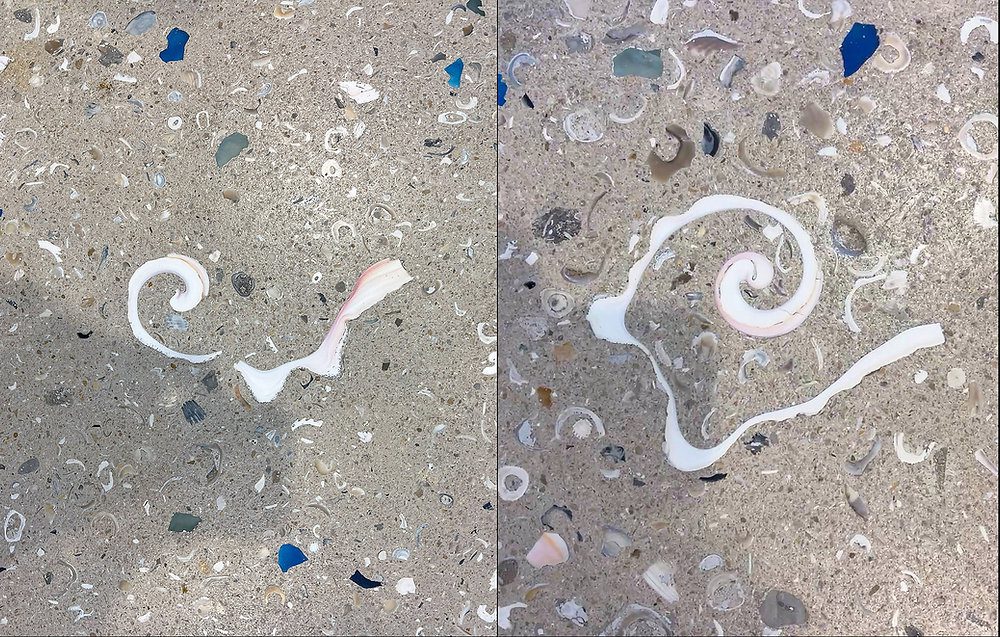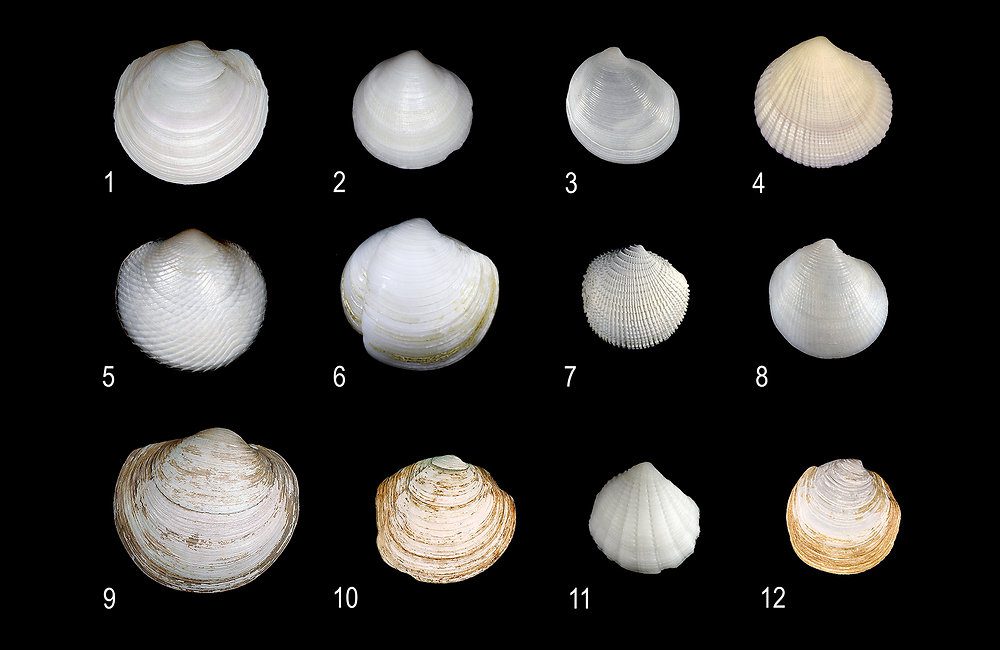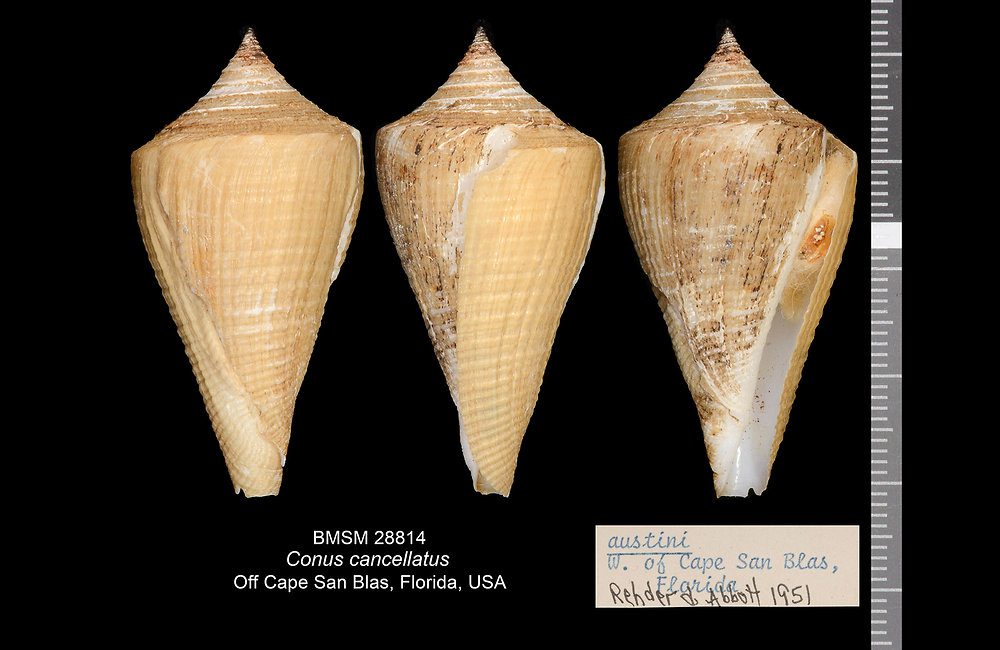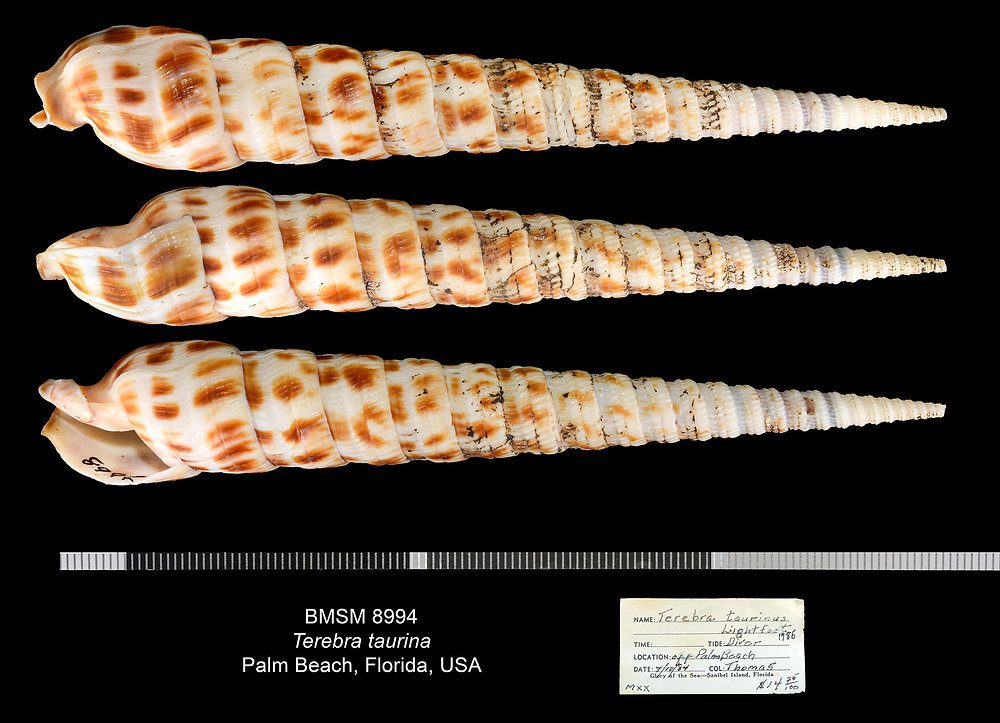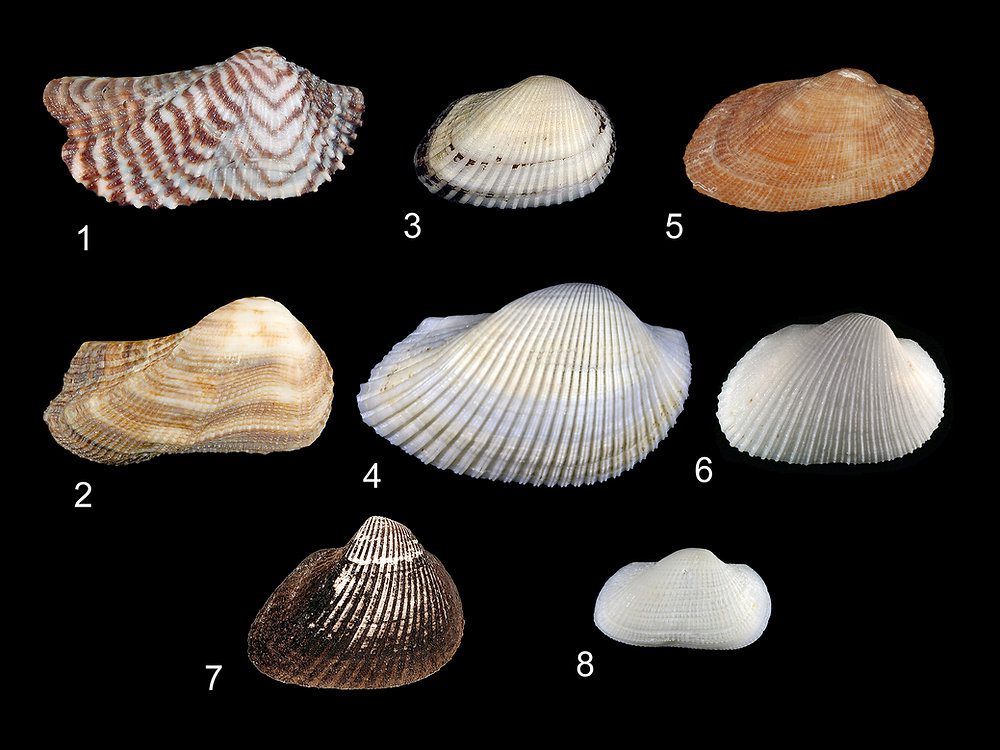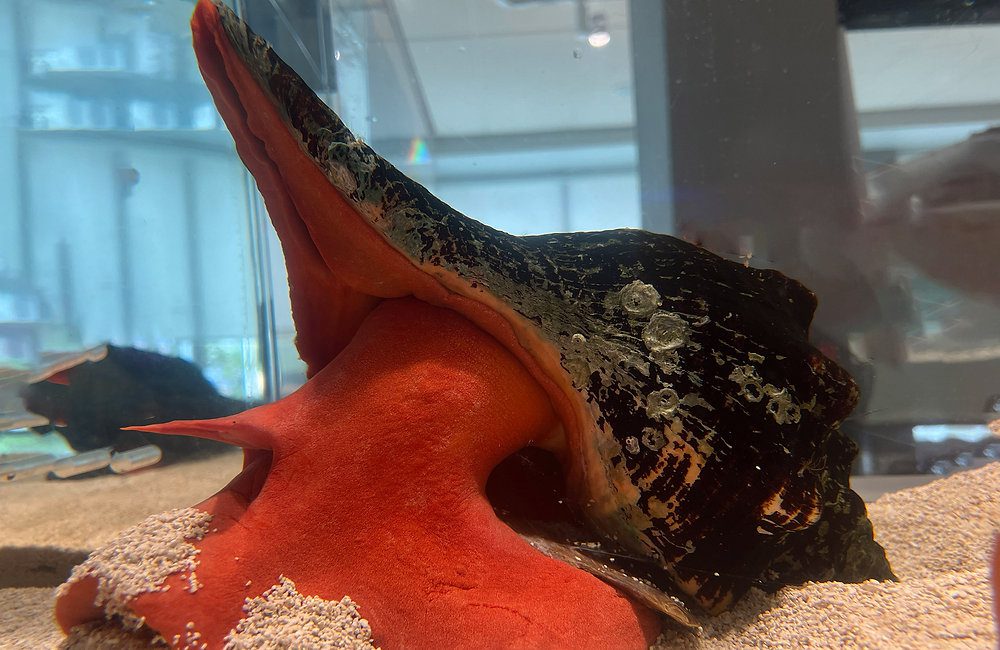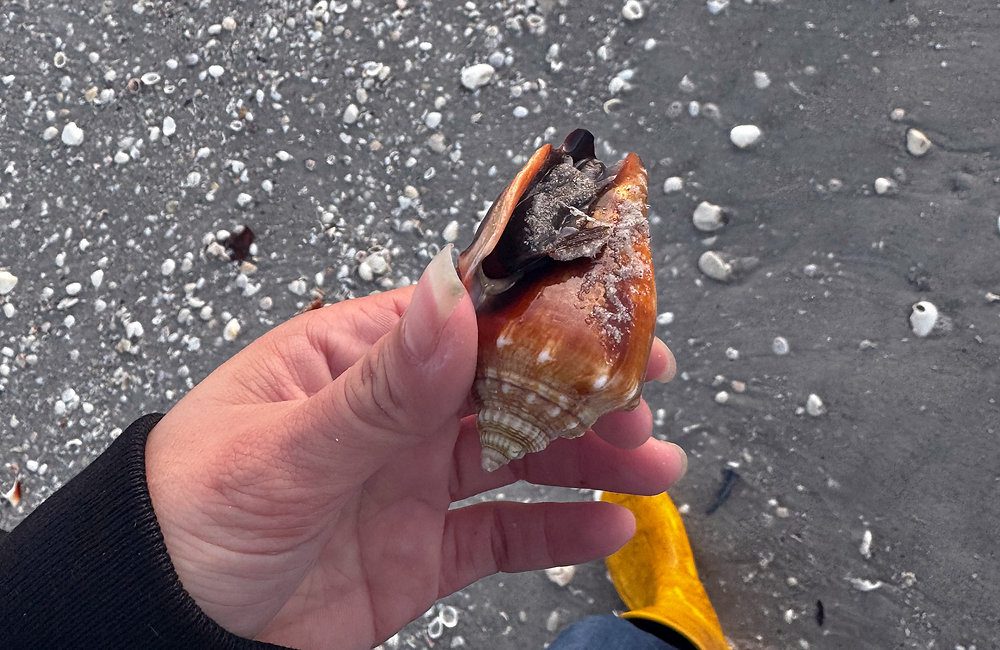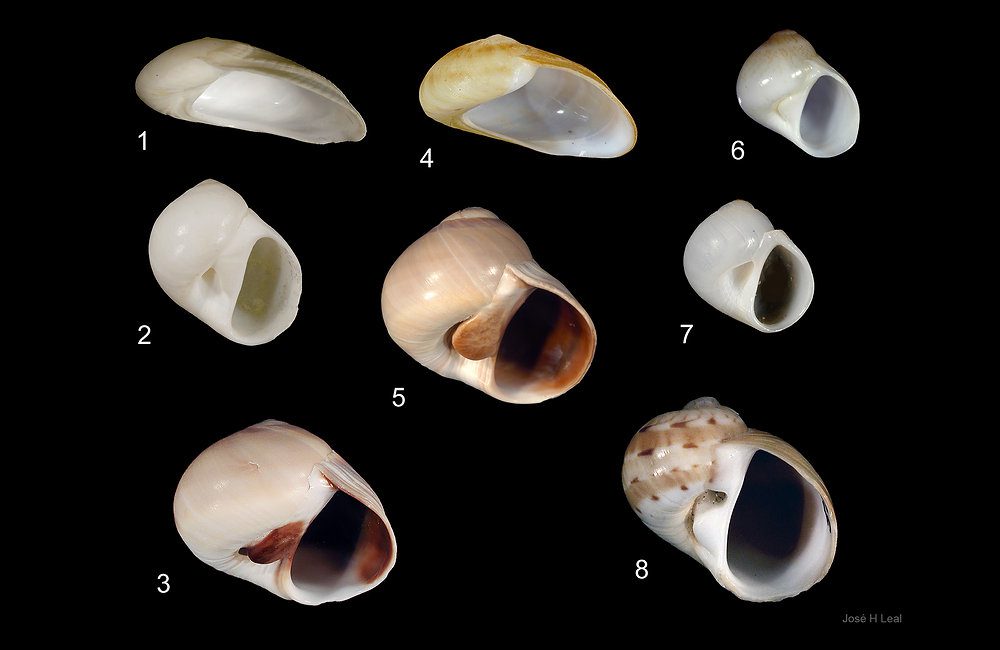
Moon Snails of Southwest Florida
How many moon snails (family Naticidae) can you find on the beaches of Southwest Florida? Here are the ones we know: (1) White Baby Ear (Sinum perspectivum); (2) Milk Moon Snail (Polinices lacteus); (3) Shark Eye (Neverita duplicata); (4) Brown Baby Ear (Sinum maculatum); (5) False Shark Eye (Neverita delessertiana); (6) Miniature Moon Snail (Tectonatica pusilla); (7) Semisulcate Moon Snail (Sigatica semisulcata); (8) Colorful Moon Snail (Naticarius canrena). The images are not shown at the same scale and, as usual, click on…
